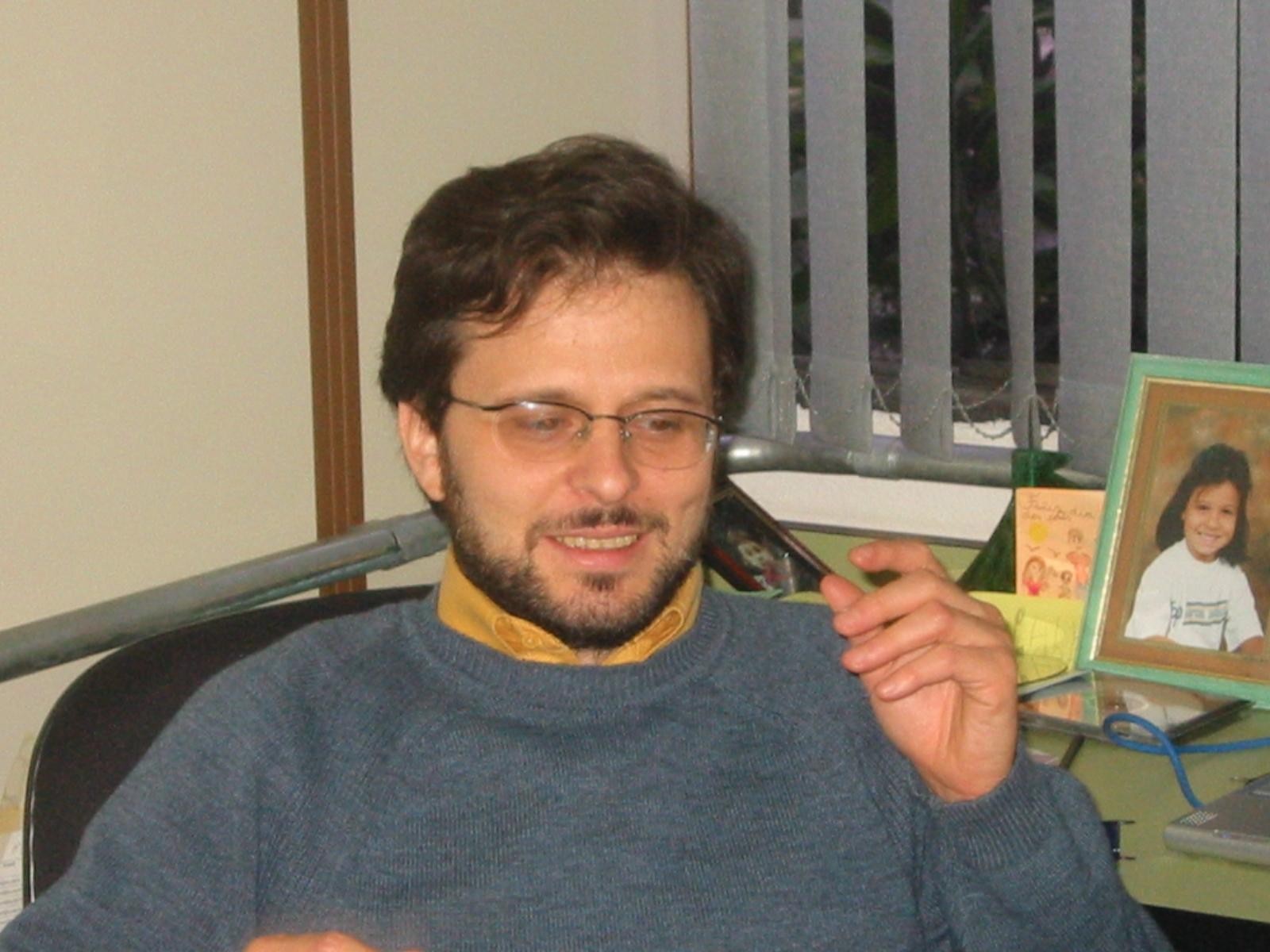


The work conducted in the laboratories of Professor da Silva Baptista focuses on understanding the mechanisms behind photosensitization reactions in skin. Photosensitization occurs when photoactive compounds absorb light and transfer its energy to neighboring molecules. There are circumstances in which nature uses photosensitization in an organized and controlled way, such as photosynthesis, where light energy is converted to chemical energy ultimately resulting in the synthesis of carbohydrates coupled with the release of oxygen in the environment.
Unfortunately, photosensitization reactions can become uncontrolled, generating reactive species that cause damage to cells and tissues of animals and plants. This is what happens to our skin and hair when we are overexposed to the Sun. These reactions occur not only after exposure to UV but also visible light. Therefore, new strategies of sun protection need to be devised. At the same time, scientists learned how to controllably use this photo-induced generation of excited and reactive species to destroy cells and tissues—and consequently to treat several diseases—in a process known as Photodynamic Therapy (PDT).
The research goal of Professor da Silva Baptista’s group is to understand, at the molecular level, the mechanisms of photosensitization that take place during PDT or elevated exposure of animals and plants to the Sun. They use a variety of techniques to carry out such studies, which include computational methods, biomimetic models, and cell cultures. Collaboration with medical institutions facilitates the transfer of this knowledge to applied clinical practice, bringing immediate benefits to society. Some of the group’s recent work explores the mechanisms of photosensitization in skin induced by UVA and visible light.